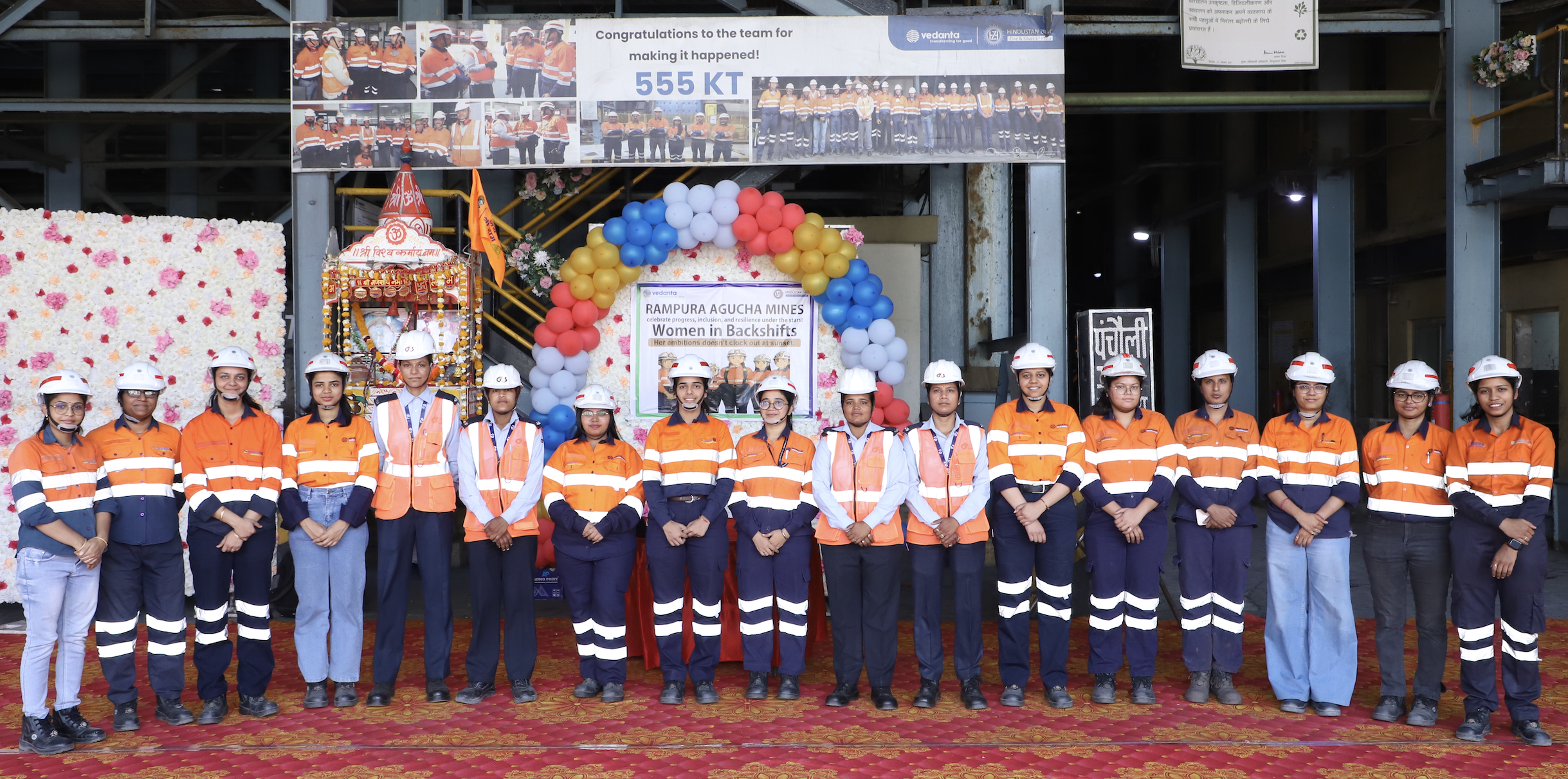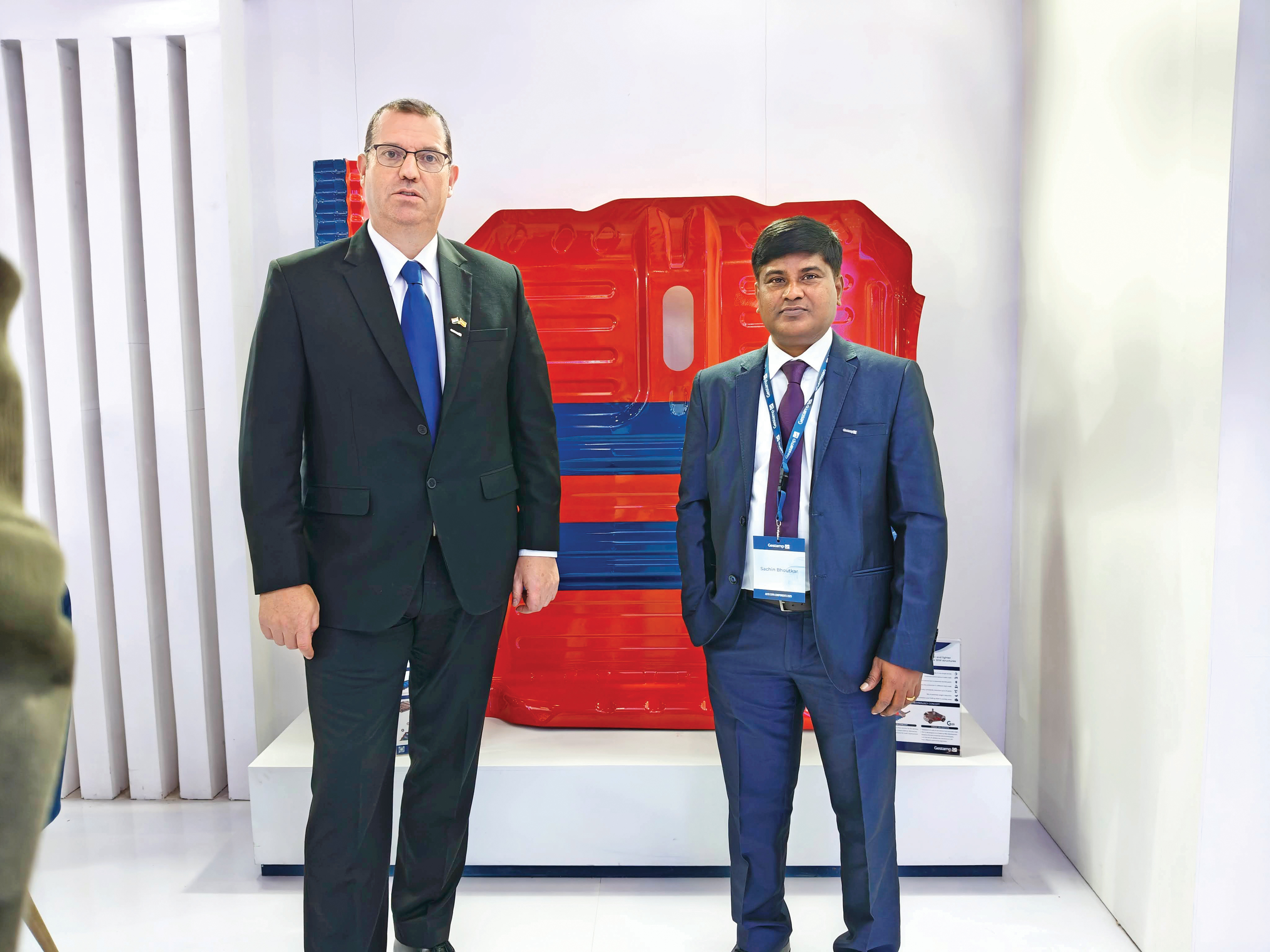The Automotive World (AW) Megatrends conference, featured a panel discussion participated by eminent speakers from the CV industry. The roster included Ravi Pisharody, President CVBU, Tata Motors, Marc Llistosella, CEO and MD, Daimler India Commercial Vehicles (DICV), A Ramasubramanian, President, AMW Motors and Anders Grundstromer, MD, Scania Commercial Vehicles India (SCVI). While addressing a host of issues, the speakers focused their attention on themes like flexible manufacturing, growth of the industry, sustainable mobility and technological developments.
Notwithstanding current market conditions, Pisharody projected optimism. He opined that the difficult market condition is unlikely to be carried forward next year. According to him, the road to recovery will entail that the coming peak in the business cycle would be higher than the last, while the trough may be less deep.
Llistosella underlined the important role that regulation has to play in expediting recovery. ‘When I took office in 2006, implementation of Goods and Services Tax (GST) was under discussion. Today, it is not even under discussion,’ he lamented. Creation of an independent agency, along the lines of TUV, Germany to evaluate vehicles once every three years would also help to ensure road-worthiness,’ he added.
While acknowledging the utility of such a move, Ramasubramanian, expressed that implementation is key. ‘Vehicles need an annual ‘fitness certificate’ that testifies to their safety and performance. But we all know how this regulation is implemented,’ he quipped. Along with the adoption of appropriate legislation and its implementation, Ramasubramanian, reckoned that infrastructure development must assume utmost priority.
It may be noted that in 2012-13 just 800 km of road was constructed as against the target of 10,000 km. More worryingly, calendar year 2013 saw just 300 km of road being constructed.
Opportunities
Kamini Patel, VP and MD, Power Systems Research (PSR) expects the CV industry to register a 11 percent CAGR until 2019. Secular factors like increased urbanisation, infrastructure spending, freight, transport, technology improvements, energy demand and emission regulations are likely to propel the demand trajectory. Listosella favoured flexible manufacturing in a bid to manage product inventory, and simultaneously prepare for the next wave of growth. ‘The market has a potential to absorb 5,00,000 CVs and it is necessary to plan and grab it,’ he exclaimed.
Grundstromer estimated that the truck population in India will double by 2020. Pisharody echoed the sentiment stating that with the rapid influx of almost all global players into the Indian market, is indication enough for a great growth story, especially in the forthcoming five years. Both Pisharody and Ramasubramanian agreed that an upturn is inevitable, given that new generation products introduced by global and Indian OEMs would push growth, riding on a key driver – total cost of ownership. There was also a shared belief that India can emerge as a key manufacturing hub in the global CV space, just as it has for small cars. Grundstromer favoured investments limited to manufacturing, instead of products in order to leverage the weakening Rupee. The opportunity for Indian suppliers is obvious, more so since many of them have already secured export mandates under foreign OEMs’ global sourcing programmes. Eric Nesselhauf, vice president (procurement and SCM), said, ‘developing capabilities in terms of quality, on-time delivery, process stability, high integrity and global compliance standards will attract opportunities from OEMs across the world.’
A careful calibration of the finance paradigm could improve the lot of the CV industry, feels Rakesh Batra, Partner and National Leader- Automotive sector, Ernst & Young. In order to tide over the current difficult times, he suggested that dealers take short-term approaches like containing marketing costs, increasing credit availability and managing average cost of loans, inventory and working capital.
Looking ahead
Relative to 2013 levels, Krister Thulin, Director – Pre-sales and Marketing, SCVI expects urban mobility to triple by 2050 in on a per kilometre basis. He sets out that biofuels are the key to de-carbonising heavy transport systems. Quoting data from Energy Alternatives India (EAI), he stated that as of 2010, India’s biomass potential was equal to 34,961 mW of electricity generated. He argues that eco-friendly, bio-fuelled vehicles perform over 50 percent better on the de-carbonising front, as compared to electric vehicles which use electricity generated from fossil fuels. Making the case for the BRTS, Thulin asserted that an investment of USD 1 billion would help create seven km of metro rail,14 km of elevated rail or 40 km of normal rail, while the same amount can be used to create 426 km of BRTS.
Ross Simmons, GM Sales and Technical, Asia and Australia, Alcoa Wheel Products underscored the importance of using lighter alternate material like aluminium, for CV wheels and tankers. He explained that a typical aluminum fuel tanker trailer aluminium can reduce 76.5 tonne of CO2 over its lifetime. ‘The aluminum substitute of a conventional electric bus can be nearly 40 percent lighter in weight, with an increased running range of 20 percent and can contain 800 tonne of CO2 during its life time,’ he underscored.
Speaking about recent technological developments on the engine front, Toby Peters, Founder and CEO, Dearman Engine Company, provided a preview into new technology, in which liquid air at minus 196 C is used as fuel to propel engines, especially for refrigeration applications. He stated that this technology not only reduces diesel consumption in commercial vehicles by 25 percent, but also cuts emissions from refrigerated trucks by about 80 percent. With India’s cold chains transportation network growing by about 26 percent, and the government making investments to create cold chains that can contain food waste – which is a whopping 40 percent now – Peters eyes a large market. He is enthused by the fact that driver operated refuelling systems are already in use in Europe to support the use of liquid nitrogen in refrigerated transport.
Photo courtesy: AW








Leave a Reply